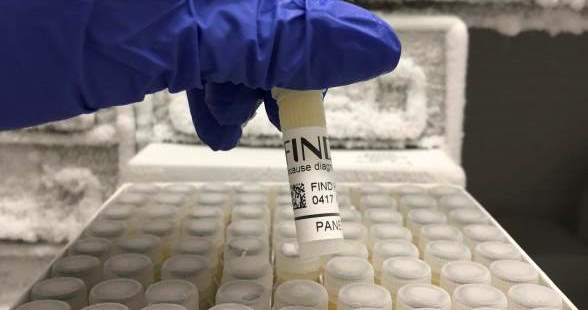Integrated biobank network

GOAL: Facilitate diagnostic development and implementation across diseases
Biobanks – also known as specimen or sample banks – are repositories of pathogen samples (such as blood or sputum) that have been collected from people with specific diseases. Well-characterized samples are vital to commercial and academic researchers for the development, validation, evaluation and quality assessment of new and existing diagnostic tools. Samples collected regularly from key strategic sites can also enable genetic sequencing that underpins comprehensive disease surveillance programmes. With development needs constantly shifting as new scientific avenues are explored, there is often a mismatch between the samples needed and those available, which can hamper product development. With no standardized global process for sample collection, sample quality can vary greatly, and access to them can be limited. Import and export restrictions on biological material inhibits transport of specimens between high-burden countries where samples are usually collected, to developers’ laboratories, which are often located elsewhere. Building specimen bank capacity in countries provides local ownership of data and research. Ethical considerations are also key. Countries – and individuals – should be involved in decisions on how samples are used, as well as receiving some benefit from having provided them.
Our focus is on fostering inclusive, ethical collection and use of fit-for-purpose, high-quality samples, when and where they are needed, to streamline the whole diagnostic development process.
Workstreams:
- Develop a network of integrated, disease-agnostic biobanks in strategic locations, with harmonized procedures, that are adapted to industry needs and support in-country research
- Build on existing work to implement a virtual biobank directory that provides an open-access, global view of sample availability, with guidance on sample use
Indicative deliverables:
- At least 4 sites in LMICs supported with capacity building to enable membership of the integrated biobank network, with standardized procedures and collections established
- Operationalize virtual biobank directory prototype for at least 10 diseases, by adding collections and facilitating access to samples
Quick links

